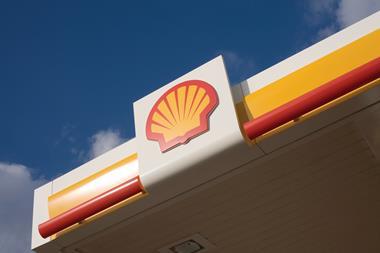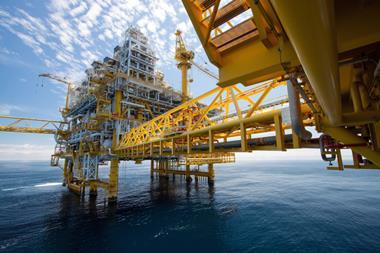SSPF, the closed Dutch pension fund of oil giant Shell, has divided its €27bn investment portfolio into three sub-portfolios for matching assets, return-seeking investments, and liquidity.
In its annual report for 2016, it said the liquidity portfolio’s holdings included collateral for other parts of its investment portfolio.
It added that the benchmark for the new liquidity portfolio comprised euro-denominated government bonds and investment grade credit (excluding financials), and US government paper.
The scheme’s board, which did not provide further details about its new portfolio structure, has also decided to allocate 4.5% of its entire assets to its liabilities portfolio, to be deployed for hedging against interest risk.
The Shell Pensioenfonds posted a 6.9% result for the year, including 0.2 percentage points due to its interest rate hedge. It said almost all asset classes outperformed their respective benchmarks.
With a return of 10.2%, equity was the best performing investment category, largely thanks to the scheme’s allocations in North America and emerging countries.
It added that defensive strategies, aimed at low-volatility equities, had also performed and its sustainable growth strategy had delivered “solid absolute returns”.
Fixed income generated 5.8%, primarily due to declining interest rates. However, short-term government bonds – held in a transitional portfolio, following a 10 percentage-point reduction of equity holdings in 2015 – had incurred a loss, SSPF said.
Its board indicated that it intended to transform the transitional holdings into longer-term fixed income investments.
The pension fund further said that it was no longer using a benchmark for private equity, which returned 7.5% last year.
“There is no suitable standard, as the portfolio deviates significantly from the available tactical benchmarks because of its differing funds and year classes,” it pointed out.
In its opinion, the Public Market Equivalent benchmark, used over longer periods, was a better way to estimate private equity’s added value.
SSPF saw its asset management costs rise 0.2 percentage points to 0.61%, and cited higher performance fees for private equity in particular. However, it said that the relatively high costs were justified by the surplus returns of the past year.
The scheme reported transaction costs of 0.09% and administration costs of €235 per participant.
Last year, the pension fund completed a simplication of the pensions administration for its 35,000 participants and pensioners which, it said, was essential for a transfer to Syntrus Achmea Pensioenbeheer on 1 January 2018.
SAP was already the external service provider for Shell’s individual defined contribution scheme SNPS, which became operational in 2013.
Last year, the Shell Pensioenfonds also introduced a “future-proof” method for establishing contributions, based on salary developments and the average age of its employees, while also taking into account assumptions for future returns of 4.6%.
SSPF’s funding ratio currently stands at 119.8%. The required coverage ratio for full indexation equates to a level of 123%.












No comments yet